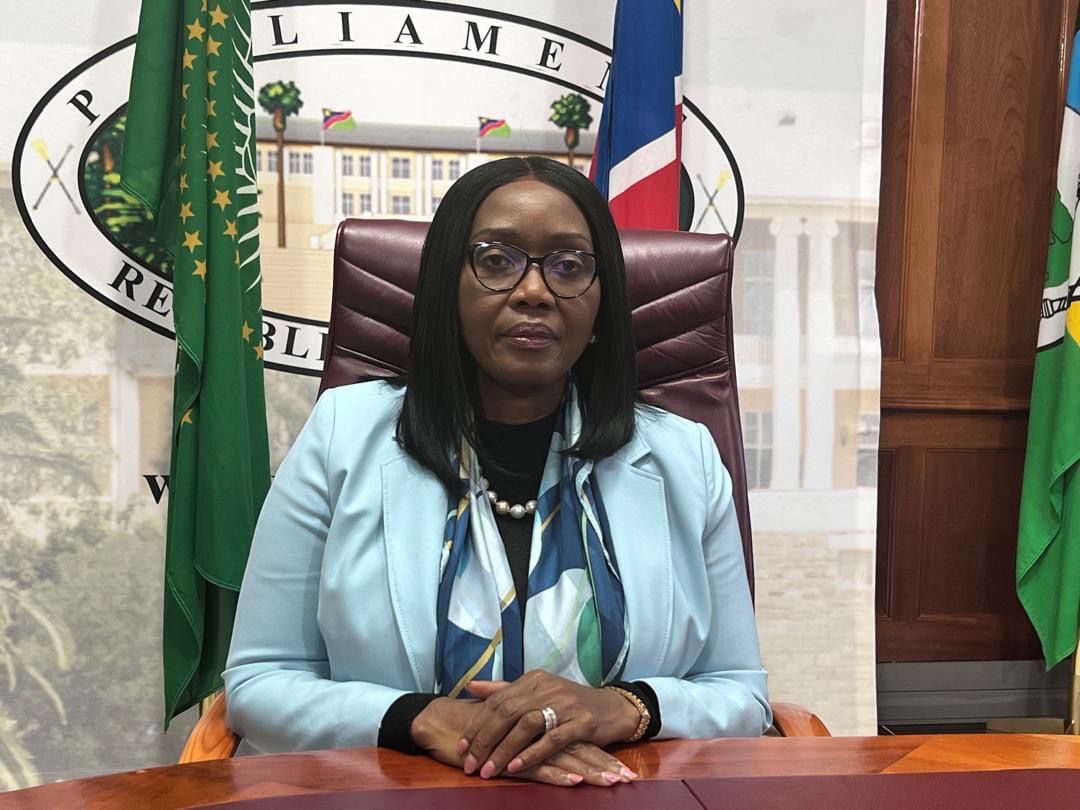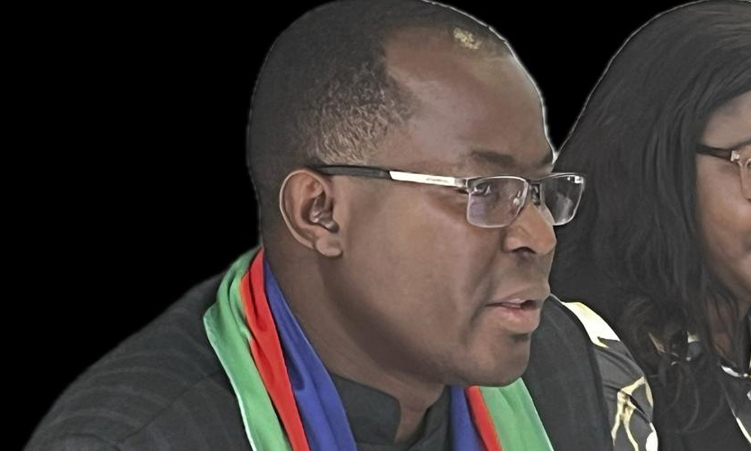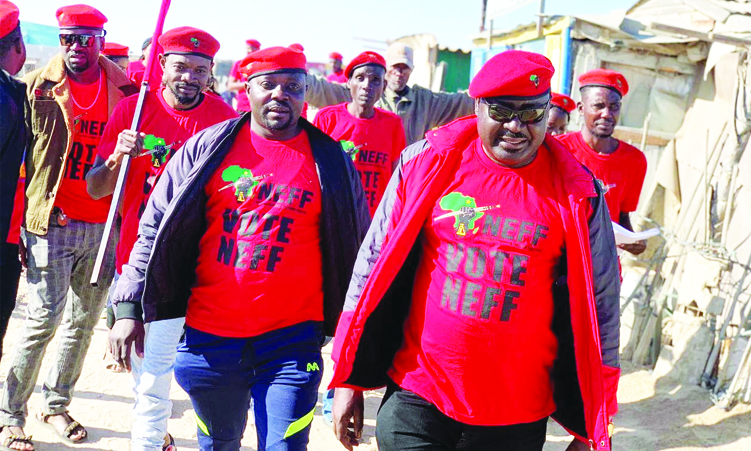Namibia is among the five African countries of which the sovereign debt has been qualified as of moderate risk of debt distress.
This means Namibia is at manageable debt risk.
If a country takes on too much debt, it could end up not affording to pay its bills.
This could force the country to renegotiate its loans.
The other four African countries are Seychelles, Morocco, Nigeria and South Africa.
Sovereign debt involves the total amount a government owes. This includes money borrowed from both domestic banks and foreign lenders.
This information was contained in the African Export and Import Bank (Afreximbank) Trade and Economic Report Outlook 2024 launched last week in Nassau, The Bahamas.
This was at the 31st Afreximbank Annual Meetings (AAM) from 12 to 15 June.
The event was themed ‘Owning our Destiny: Economic Prosperity on the Platform of Global Africa’.
The first day of the meetings called to strengthen the linkages between Africa and the Caribbean, the sixth region of the African Union.
The report further said sovereign risks in Egypt and Eswatini are assessed as ‘high’, while sovereign risk in Botswana is rated as ‘low’.
Countries assessed to be at high risk or already in debt distress are Ghana, Malawi, Mozambique, the Republic of Congo, Sao Tome and Principe, Somalia, Sudan, Zambia and Zimbabwe.
Debt in 17 countries were dubbed as ‘at high risk of distress’. These are Burundi, Cabo Verde, Cameroon, Central African Republic, Chad, Comoros, Djibouti, Ethiopia, The Gambia, Guinea-Bissau, Kenya, Liberia, Mauritius, Sierra Leone, South Sudan, Togo and Tunisia.
Meanwhile, debt in 18 countries are assessed as ‘at moderate risk of distress’.
These are Algeria, Angola, Benin, Burkina Faso, Ivory Coast, the Democratic Republic of Congo, Equatorial Guinea, Gabon, Guinea, Lesotho, Madagascar, Mali, Mauritania, Niger, Rwanda, Senegal, Tanzania and Uganda.
“Debt levels in African countries are high, but the outlook is optimistic. The cost of borrowing has increased markedly for African countries in recent years, with a shift in the continent’s debt landscape, especially the rise of external debt and private creditors.
“In addition, incidents of sovereign debt defaults on the continent over the past decade present a growing challenge,” the report says.
Speaking on the AAM, Afreximbank vice president Denys Denya said the continent has an abundance of natural resources and the quest for sustainable development has been a struggle.
He said as a result, the quest is to unify the continent’s forces in the context of Global Africa for a better future.
“In our unity, we have the numbers, we have the voice to sit at the table when decisions are made. We are a viable force to influence global decisions,” he said.
Stay informed with The Namibian – your source for credible journalism. Get in-depth reporting and opinions for
only N$85 a month. Invest in journalism, invest in democracy –
Subscribe Now!






